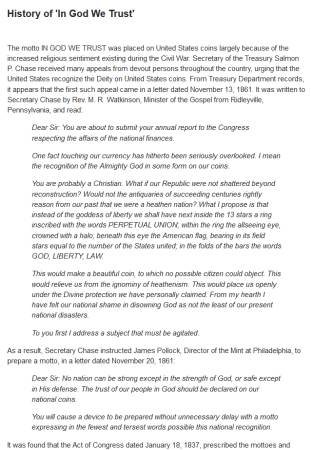
"What Was Done To Us Was Wrong"
177 pages. 16 pages of black-and-white photos. Acknowledgements, forward, conclusion, index, endnotes, and bibliography.
Observing that much is known about suffering children from the Second World War, the author sets out to remind us about what the First World War generation endured.
Children are defined as up to 17 years old, and while most of the coverage pertains to British/Commonwealth children, the author includes other nations when sources allow.
Each chapter takes a theme, and surveys the available information:
- War in the Nursery, War in the Schoolroom
- Examines the culture of the time to see how children were exposed to militaristic concepts in toys and books. Looks at the role played by schools in harnessing children for patriotic duties. Children playing war, increasing violence, and a lack of male role models (as the men were away at war). 28 pages
- A Guiding Hand
- The pre-war Girl Guides (Girl Scouts) help save the Empire through earning Firefighting and Telegraphist badges, and volunteering for MI5 (intelligence). A survey of wartime letters and diaries written by children. 27 pages
- "What Was Done To Us Was Wrong"
- Collection of stories showing how children suffered during the war, including during the sinking of the Lusitania (torpedoed), munitions plant explosions, in bombing raids, and in Canadian internment camps. 38 pages
- Courage Beyond Their Years
- The stories of five children who became examples of courage: Yvonne Vieslet (shot for sharing bread with a POW), Violet Buckthorpe (saved her baby sister after a zeppelin raid), Eric Bush (midshipman who commanded a picket boat at Gallipoli), Mabel Lethbridge (survivor of a munitions plant explosion), and Emilienne Moreau (trapped between the lines, provided intelligence to the French, taught children, tended the wounded). 22 pages
- A Very Teenage Rebellion
- Profiles seven children who became soldiers: Marina Yurlova (posed as a boy to join the Cossacks), Zoya Smironov (one of 12 Moscow schoolchildren who became soldiers together), Desire Blanco (stowaway who died in combat at Gallipoli), Jean-Corentin Carre (lied about his age to become a soldier, fought in the trenches, died as an airman), Ernest L. Wrentmore (lied about his age, served as messenger for American troops), Sofja Nowosielska (one of many Polish children soldiers), and Tommy Rickets (lied about his age, won the Victoria Cross for capturing enemy artillery). 31 pages
Ends with a two-page Conclusion (summary).
I found the best parts of the book to be the final chapters, where the stories of individual children were told, often in their own words. The worst parts are where the author inserts her opinions, without providing sufficient explanation or supporting endnotes. The book begins with a description of 'war' books, toys and games, which the author lumps together as bringing war 'to the nursery' – playing at war was hardly unique to that generation of children, and 'army men' can still be found on toy shelves. She describes a patriotic British children's book in positive terms, then describes a French book 'as equally rife with political and didactic imagery' – one wonders why the author apparently feels it is inappropriate. After reporting that it was felt at the time that a rise in juvenile delinquents was caused by men being away at war, and thus not available as role models, the author later bizarrely conflates this with blaming women teachers for causing the problem. The book in general has a tone of blame for what children experienced, but without articulating who or what is to blame: society? militarism? nationalism? Hasn't war always been hell, particularly on children?
Curiously, in a war in which enemy combatants were often accused of violating women, the author does not address the subject of rape, or even the implications of having female children serving among male soldiers. (One of the girl soldiers mentions being in love with her 'protector' soldier, but nothing more is said.) In a book that otherwise documents so many ways in which children come to harm in wartime, it seems an odd omission.
For a wargaming audience, the final chapter on child soldiers provides material that could inspire scenarios or campaigns, or even prompt the addition of extra figures to your armies. As the author says, 'countless' children fought in the war, and arguably deserve to be represented on the tabletop. On the other hand, having to remove such 'child soldier' figures as casualties in the course of play would either take the fun out of the game, or add a sorry note of realism.
An interesting book, gets better toward the end.
Reviewed by ![]() Editor in Chief Bill
Editor in Chief Bill ![]()
![]() .
.







